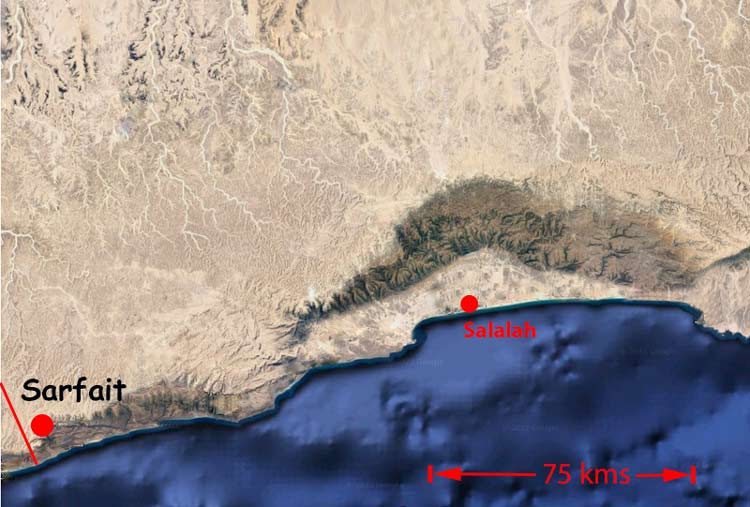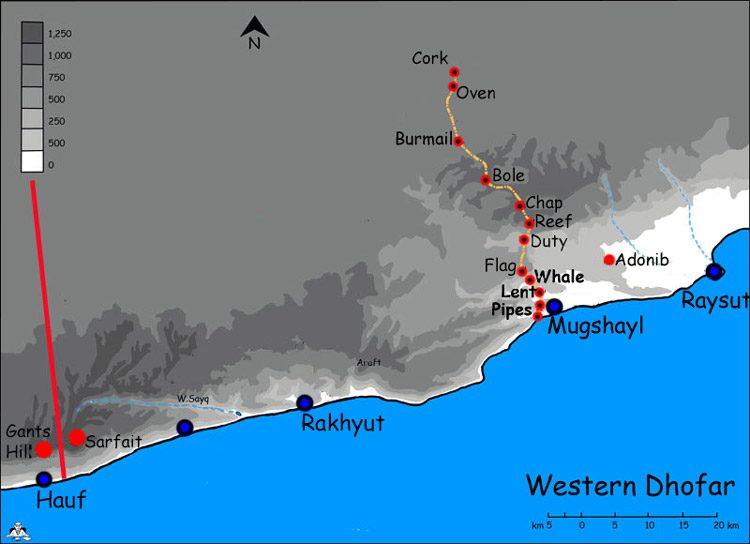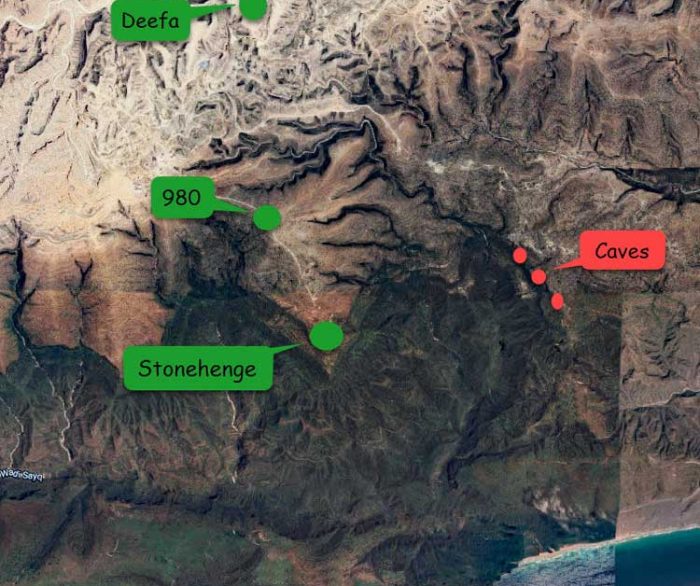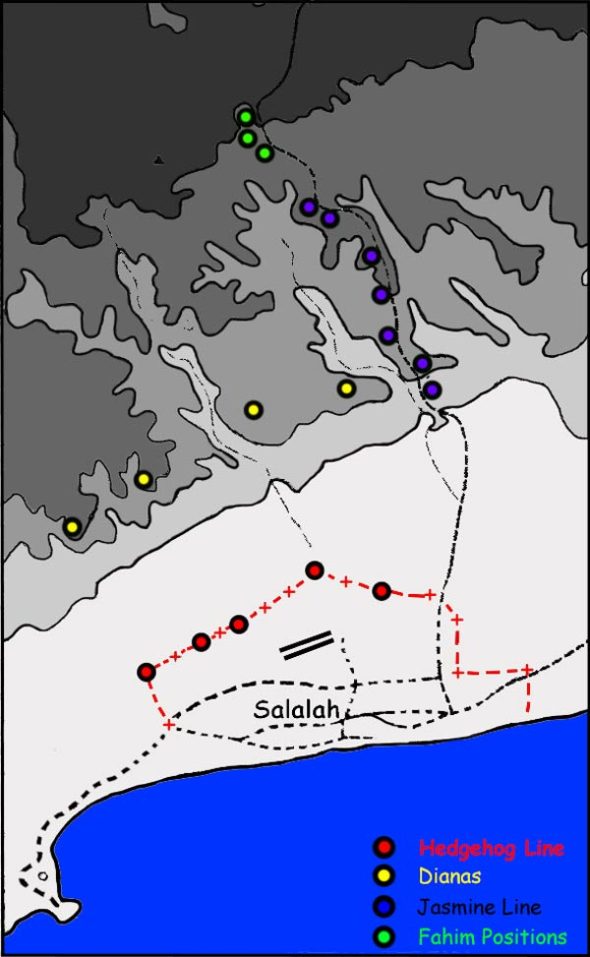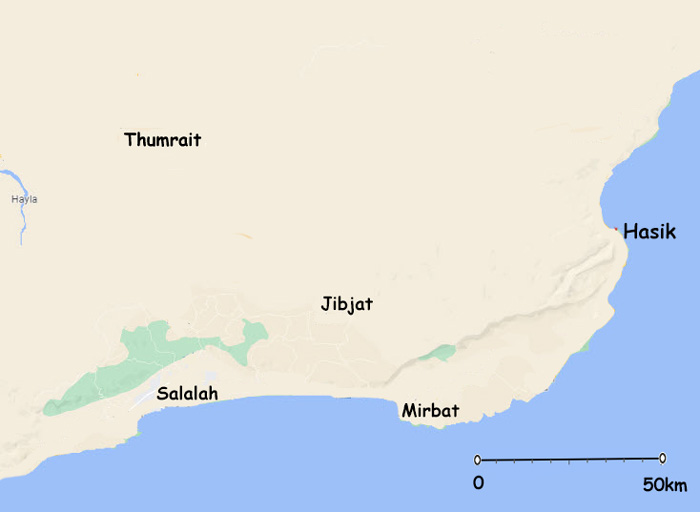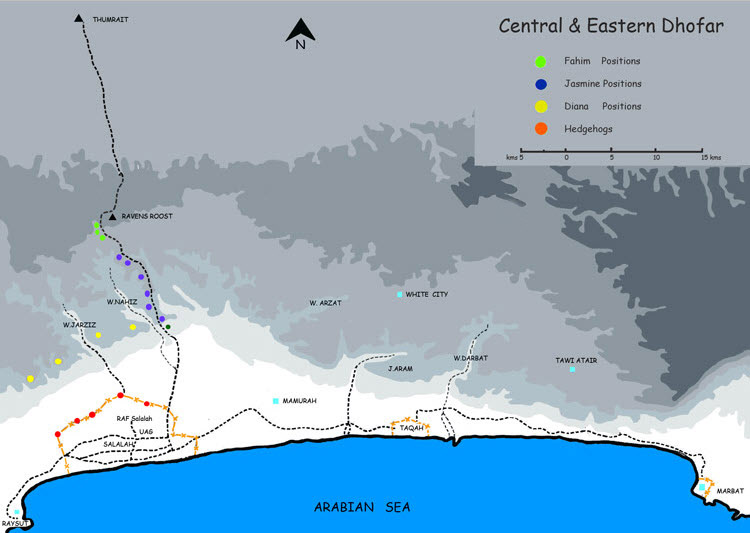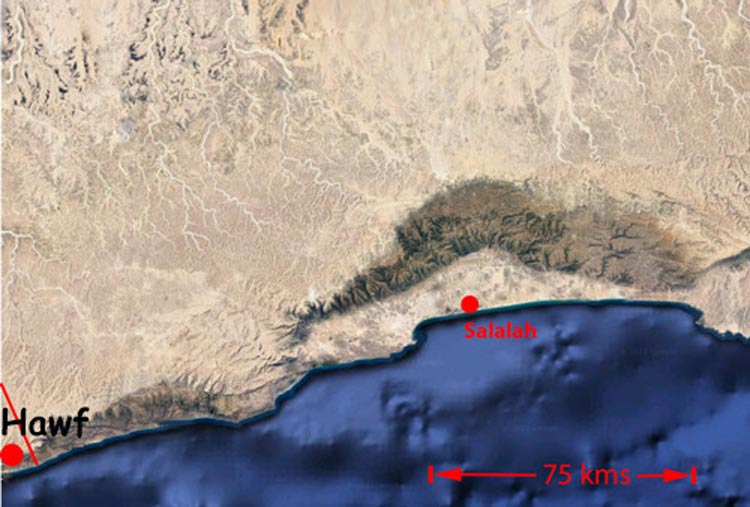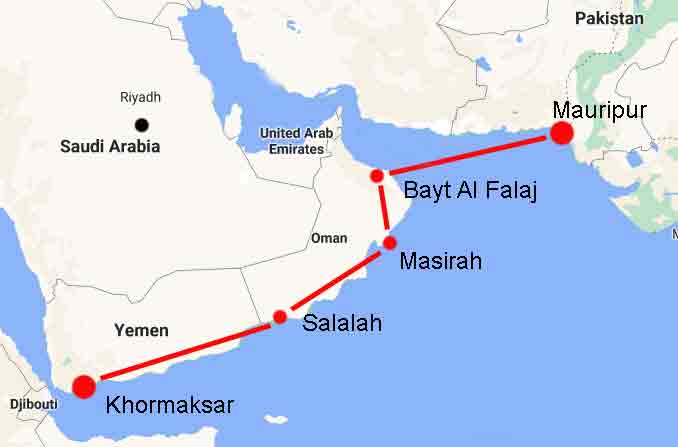
Palms, Sandy Beaches, Blue Skies
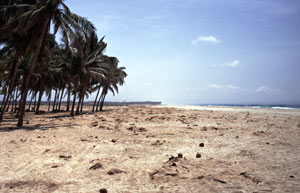
The view held back on the dismal north German plain and in the UK was that 55FST was something of a swan and that we spent most of our time on the beach under the coconut palms.
It did not help that it was a “secret war” and was kept so as journalists were discouraged. It was long before the days of electronic news gathering. Mobiles were the stuff of the “Eagle” and Dan Dare. Whilst morale was undoubtedly high this was in spite of the lack of political acknowledgement of our presence in Oman
One event that cracked the shell of secrecy was the RCL attack on the officers mess at RAF Salalah; regular British officers as opposed to seconded or contract officers were injured and someone told the press.
Those back at home appeared to resent being “oncall” every other day whilst, as they knew perfectly well, we were unquestionably sunning ourselves on the beach. It was quite hard to persuade them otherwise. Salalah was a “detachment” rather than a “posting” from the parent unit so leave when we returned was going to be hard to come by. There was of course the lighter side of the homecoming.
On a more reflective note it was deflating to return from a war that no one knew or cared about to those whose only interest was how soon you could slot back into the “oncall” rota so that they could have a bit of time off. Adjustment to normal routine in Rinteln was made easier as there had been two of us from there out in Salalah together – the anaesthetist and the OTT.
The Dhofar War still remains a largely unknown, but successful war, which has been described as the “Last Great Colonial War”.
In all fairness to those back on the north German plain having one of their aneathetists detached and taken away from the hospital was very bad news indeed. Similarly with the OTTs from the UK. Bud Holder’s request for some leave on his return to Tidworth was cut short and he needed a bit of help to have a reasonable amount.
BMH Rinteln was the specialist referral centre for the other hospitals in BAOR and as a consequence was very busy. It had about 200 beds including a paediatric ward and a maternity unit which had about 1500 deliveries a year.
There were usually three anaesthetists. A consultant, a middle grade anaesthetist and a trainee. The two operating theatres ran two sessions twice a day and maternity and other emergencies were fitted in somehow.
I sat near an orthopaedic surgeon at a wedding in 2010 in Barnham in Suffolk who ventured the opinion that he knew it must have been very boring only dealing with fit young men.
I recalled the occasional neonatal anaesthetics, the frequent anaesthetics in babies for squints to be realigned, the numerous anaesthetics in children and adults for ENT, dental and facio-maxillary procedures. Gynaecological, obstetric anaesthesia and analgesia as well as anaesthesia for general surgery and orthopaedic surgery in both our army population and their sometimes elderly relatives.
The anaesthesia for patients wounded in the head, chest or abdomen with traumatic blast amputations of their limbs was also something of a challenge with the limited facilities at hand. My interlocutor at the wedding of course proclaimed otherwise from his position of authoritative ignorance.
The webmaster was the middle grade anaesthetist and at the time of going out to Salalah had had six months of training at Millbank followed by two years experience at BMH Rinteln. Responsibility for Rinteln whilst the consultant was on leave and the nearest consultant was forty miles up the road in Hanover compared favourably with Salalah where the next army consultant was in Cyprus and the next British armed forces anaesthetist was in the RAF hospital in Muharraq but being RAF he did not count……………..
